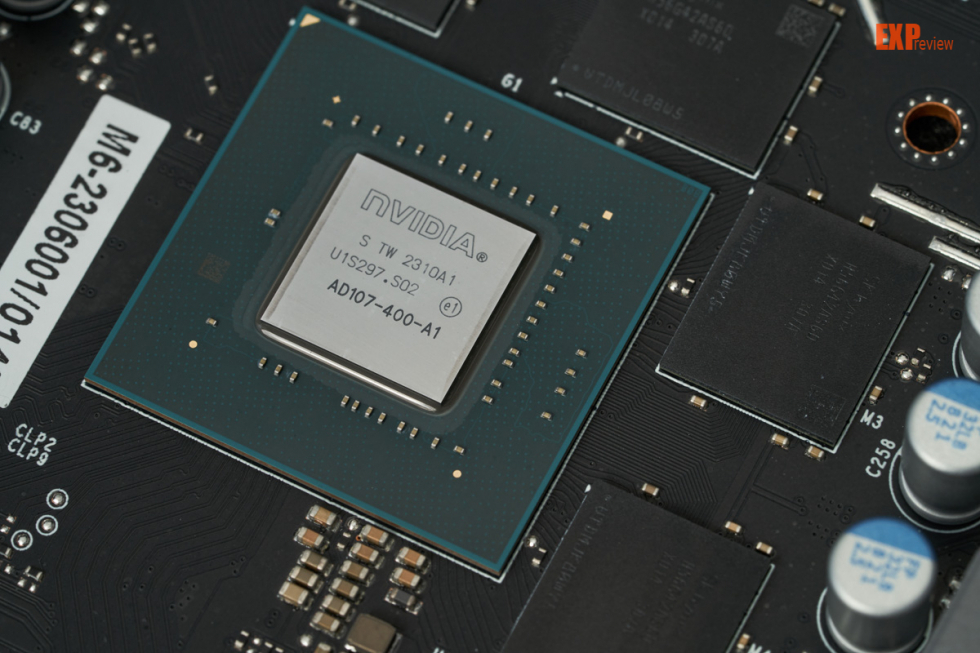Nvidia released a new generation of lightweight graphics card: RTX 500 low AI application threshold!
On the eve of this year's Mobile World Congress (MWC), Nvidia released a new generation of consumer graphics cards RTX 500 and RTX 1000.。
On February 26, local time, on the eve of this year's Mobile World Congress (MWC), Nvidia released a new generation of consumer graphics cards such as RTX 500 and RTX 1000, which are mainly suitable for laptops and entry-level mobile workstations.。
According to the official introduction, the series of graphics cards based on Ada Lovelace architecture, built-in neural network computing unit (NPU) for light local AI computing, such as complex AI computing will use GPU chip processing, the series also includes RTX 2000, 3000, 3500, 4000 and 5000 models。

Specifically, NVIDIA RTX 500 and RTX 1000 are equipped with AD107 GPU, the third generation RT core, and the new Opacity Micromap (OMM) engine and Displaced Micro-Mesh (DMM) engine - the former makes the light chase performance up to twice that of the previous generation, which can achieve high-fidelity and realistic rendering effects, while the latter increases the construction time of the boundary volume hierarchy (BVH) to only one tenth of the。
In addition, the built-in fourth-generation Tensor core has twice the throughput of the previous generation, greatly improving the speed of deep learning training, inference, and AI-based creative workloads; and the throughput of single-precision floating-point (FP32) has increased by 30% compared to the previous generation, significantly enhancing the performance of graphics processing and computing tasks。
The RTX 500 and RTX 1000 are also equipped with 4GB and 6GB of dedicated GPU memory, respectively, providing AI performance of up to 154 and 193TOPS, respectively, enabling users to run more demanding 3D and AI applications and handle larger projects, datasets and multi-application workflows。

Thanks to a variety of "highlight-level" configurations, the series of graphics cards have increased the speed of editing photos with AI by 3 times, and the performance of 3D rendered graphics has also increased to 10 times the original。Nvidia officials said: "Compared to using only the CPU, the new RTX 500 can provide up to 14 times the performance of generative AI (AIGC) for models such as Stable Diffusion!"
In addition to providing powerful performance, these GPUs also support NVIDIA DLSS 3 technology, which improves performance by generating additional high-quality frames; moreover, the eighth-generation encoder also supports AV1 format, which is better than H.264 is 40% more efficient, allowing 1080p streaming resolution to 1440p at the same bit rate and picture quality, opening up new possibilities for broadcast, streaming and video calls。

Even with this improvement in performance, Nvidia has positioned it at the "entry level," featuring powerful AI-assisted functions, not designed for high-end functions such as games.。However, if users want to leverage AI for advanced rendering, data science, and deep learning efforts, consider the RTX 2000-5000 series, which offer more powerful performance。
It is reported that equipped with RTX 500 and RTX 1000 notebook computer will be listed in the spring of this year, the first batch of notebook computer partners including Lenovo, HP, Dell and so on。Given the positioning of its entry-level GPU products, the RTX 500 will be the cheapest GPU chip with built-in AIGC technology in the world。
·Original
Disclaimer: The views in this article are from the original Creator and do not represent the views or position of Hawk Insight. The content of the article is for reference, communication and learning only, and does not constitute investment advice. If it involves copyright issues, please contact us for deletion.